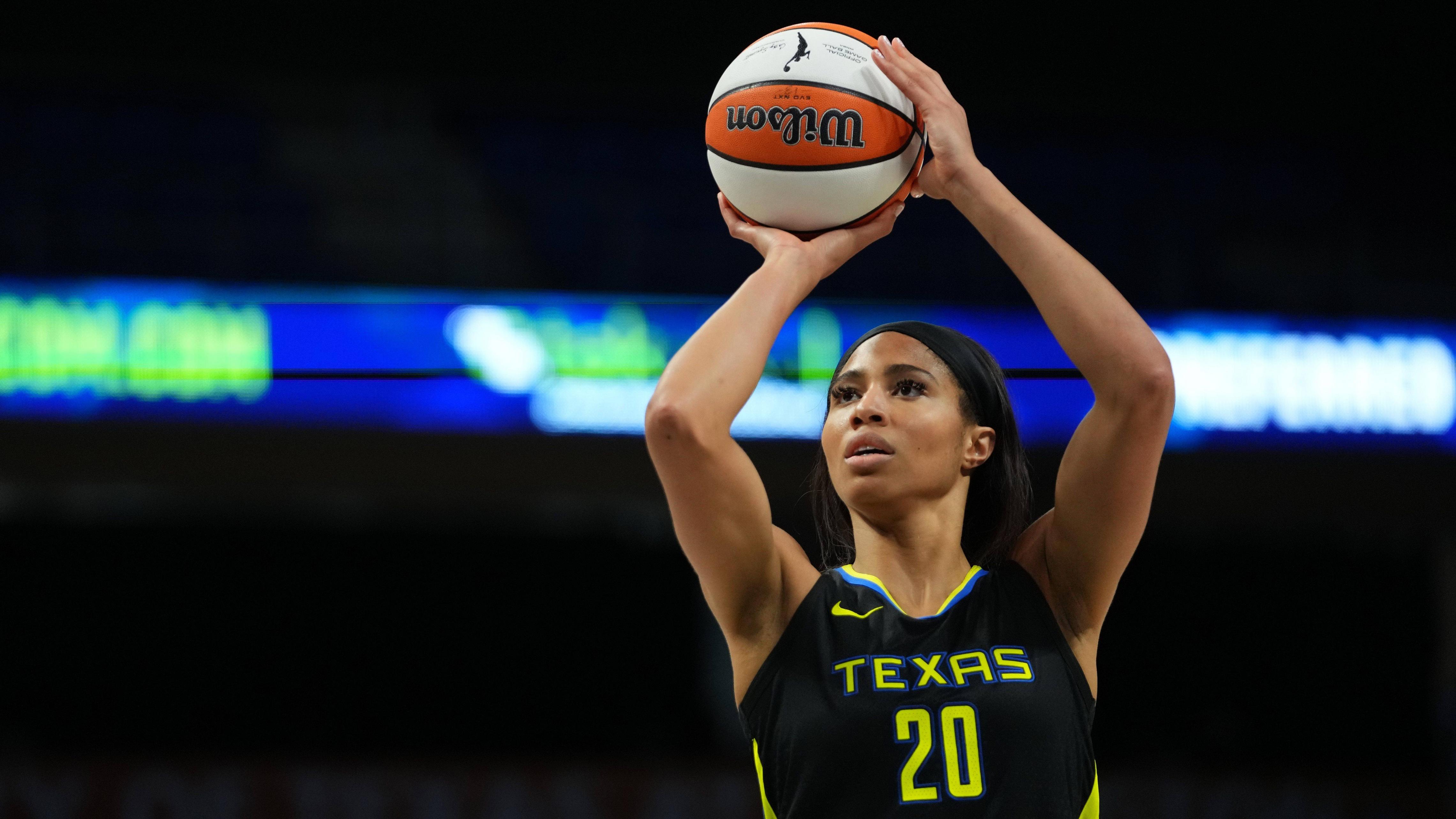
When was the WNBA founded? It's a question that many people have asked for years. No matter your curiosity about the team's past, its players, and its business model, there are many answers. All of these questions and more will be answered in this article. The WNBA began in 1997. In just two decades, it has grown from seven teams to eight. It's not just a basketball league, however.
WNBA was founded in 1997
In 1997, the WNBA started. The Charlotte Sting selected Elena Diggins in round one of the 1997 draft. She started 90 games for the Sting and averaged more than 10 points per game. Three of her four seasons with Sting saw them reach the WNBA Playoffs. She was then named as a reserve to the Eastern Conference All-Star team and participated in the inaugural All-Star Game.
The WNBA's concept was approved by the National Basketball Association (NBA), and play began in June 1997. The initial pitch of the league was that it would be a 28-game summer league. The idea was to create a WNBA league that would be independent of the NBA, but allow players from other countries to earn extra money. Despite its short history the WNBA has remained true to its founding principles.

The WNBA has grown eight teams over the last 23-years
Over the last two decades, the WNBA was able to grow by eight teams. The Atlanta Dream was added in 2008. After a 4-30 season, the team was picked by Angel McCoughtry, who led them to three WNBA Finals in 2010 and 2011. The team was able to make eight playoff appearances over a 10-year period, 2009-2018. In 2018, the Atlanta Dream came within one win of the WNBA Finals, but were unable to compete due to injury. McCoughtry left Atlanta for the Las Vegas Skyhawks.
The WNBA revenue has dropped. The league has not been able to generate enough revenue in order to stay afloat. The NBA has brought in $2.6billion in revenue the past two seasons. But the WNBA cannot generate enough money to keep its doors open. However, the WNBA has a unique relationship with ESPN, which has helped it maintain its popularity as a staple of North American sports culture. It is also an inspiration for female athletes.
WNBA players
The WNBA was established on April 24, 1996. While it was not a major milestone, the popularity of the league has increased over the past two decades. The Olympic spotlight has been used by the league to promote its products and services. This strategy has helped the league reach millions of viewers, but its success is also based on its ability to attract younger fans. Leslie, Swoopes, and Lobo have attributed their success to their success in channeling Olympic interest into a successful marketing campaign.
The original WNBA team was eight, but it has expanded to 12 teams. It has had eight franchises throughout its history. Some are associated to an NBA team within the same market as the New York Liberty and Brooklyn Nets. Other NBA teams include the Indiana Pacers and Fever in Los Angeles, Indiana Pacers and Fever in New York, the Los Angeles Lakers and Sparks and the Minnesota Timberwolves and Lynx. MGM Resorts is the owner of Las Vegas Aces.

WNBA business model
Half of the NBA and WNBA share each other's ownership. In exchange for an equity stake in the WNBA, these two entities agree to cut their ownership of each other by half. However, the WNBA could be hurt more by the NBA’s leverage and sweetening arrangements with WNBA clubs than it helps. The NBA currently provides the league with its revenue. The league hopes to make use of the new money in the future to improve its digital products as well as marketing strategies.
The WNBA has faced criticism for not having enough female fans to survive, and for not being profitable enough. The league has been actively subsidized by the NBA to ensure its continued existence. This is not enough to make it profitable. It's high time to accelerate. The league needs to develop a more realistic model of business for attracting new fans, and keeping existing ones. There are many options to increase attendance. These include increasing salaries for players and running larger advertising campaigns.